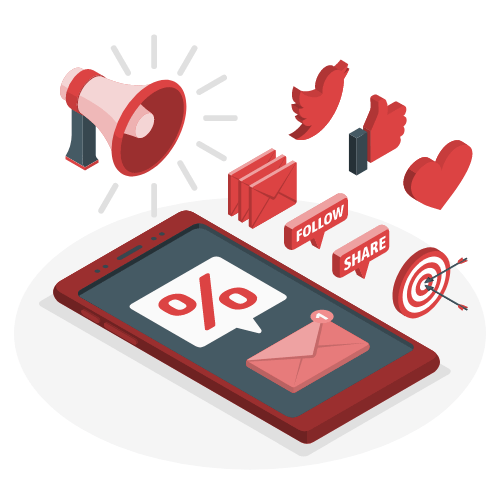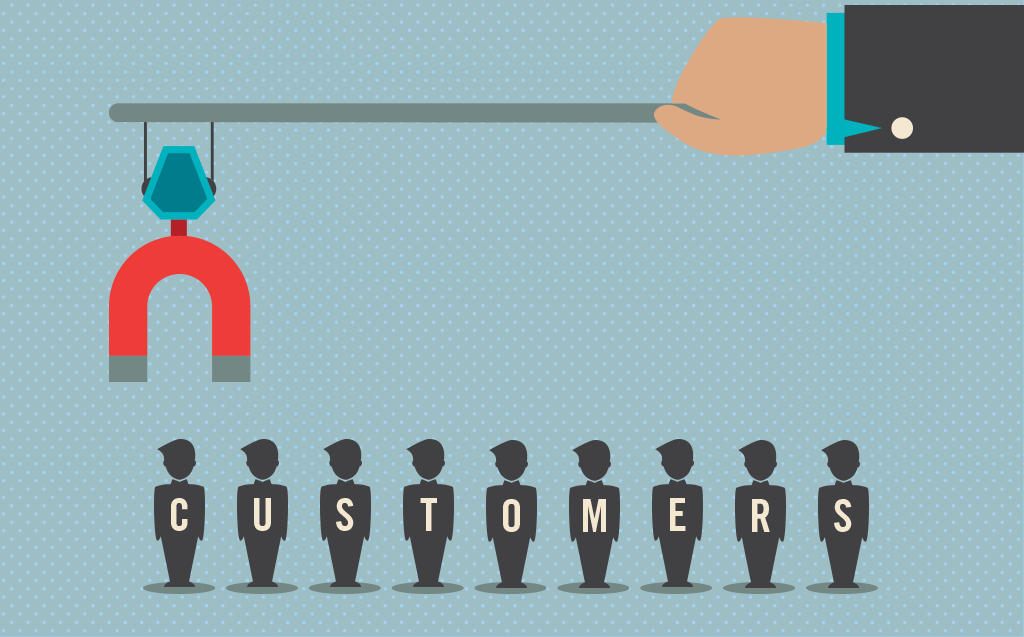It is known as interruption marketing, since it is based in the promotion of a product through continuous advertising, public relations and sales campaigns. It’s goal is to sell products and services, in a non reciprocal way. That means that the customer-company relationship goes only from the company to the user and not otherwise.
It is called interruption marketing because the actions normally appear spontaneously, without the user requesting it, and interrupting what the user was doing on the website.
Most of the traditional advertising that is known is part of outbound marketing, such as media ads, billboards, merchandising and direct sales booths, among others. But online marketing also contains examples of outbound and they are often the most disruptive, such as banners on websites and social networks, paid ads on Google, video ads, etc.

Strategy for outbound marketing:
What is going to be sold?
First of all, the services and products to be offered must be established concretely. Incorporate a value, which will be provided to users specifically to pursue the goal intended.
How is it sold?
Make an analysis of which strategy is best suited to the solutions you intend to future customers. A important part of the strategy is the sales funnel that is the way in which a company plans and establishes processes to get in touch with the different users and reach a final objective.
This may be the conversion of customers, achieve a registration, close a sale, among others. Because of this, you need to think about what your sales funnel will look like and what phases it will be composed of. What will be the first step to reach them.

To whom is it sold?
In a marketing campaign of any kind, it is essential to be clear about who the customers are, what their concerns are, how they should be addressed and in what language. When defining the buyer person, you must be as precise as necessary.
What do you count on?
Define the tools available to achieve an effective campaign at each stage of the sales funnel. This can be done using a commercial dossier, web pages, landing pages, CRM, e-mail templates and commercial ads.
Advantages of Outbound Marketing
Outbound marketing, when well thought out, has a lot of potential. These are actions that have been traditionally carried out and have had good results. But now, these actions will be incorporated into digital marketing, which guarantees a global promotion of the brand that starts from the local level.
This new form of marketing offers digital actions of great importance to achieve the objectives of the company, and at the same time the results of these actions can be measured.
